Maros Halama, Technical University of Kosice, Slovakia (Slovak Republic)
Corrosion properties of Ag and Au nanoparticles in water-based environment were compared using electrochemical techniques hyphenated with quartz-crystal microbalance. In addition, quantum chemical calculations of Ag nanoparticles and Ag nanoparticles/ascorbic acid hybrid sy [....] » Read More


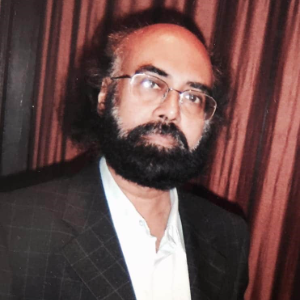


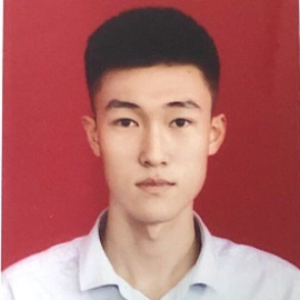
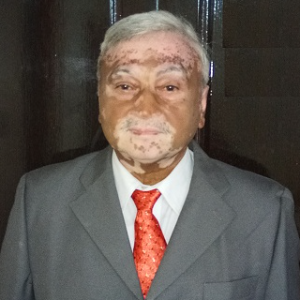

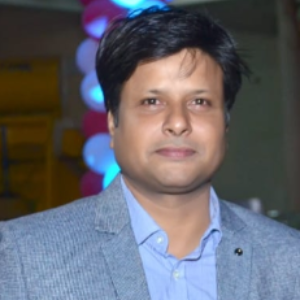

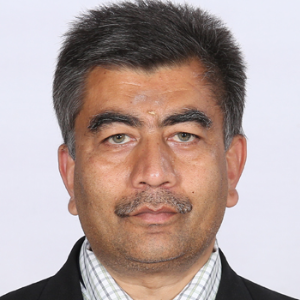






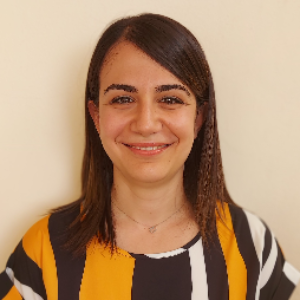

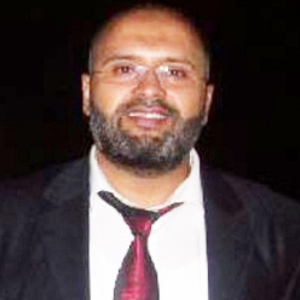
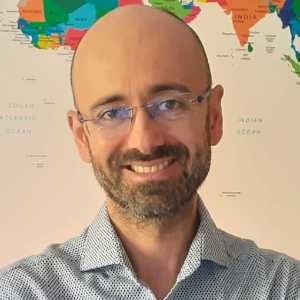


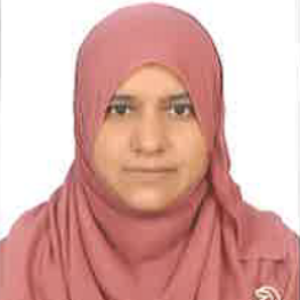
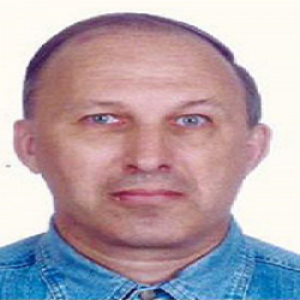



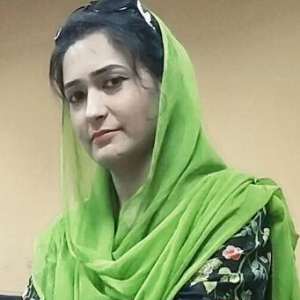


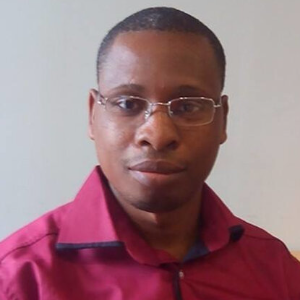
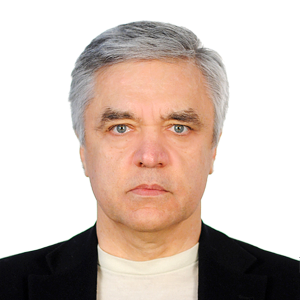









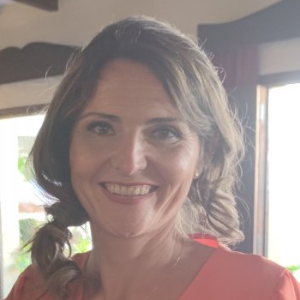
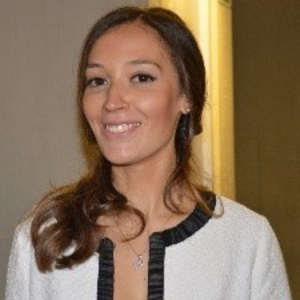














Title : Modeling excited states and raman spectra for carotenoid and their complexes using high performance parallel codes
Mindaugas Macernis, Vilnius University, Lithuania
Natural carotenoids display a large structural diversity and more than 1100 of such molecules have been identified while there are several chlorophyll type molecules only. The simplest model for carotenoids is polyene structure. This model predicts three low-energy excited states [....] » Read More
Title : Wave scattering by many small particles and applications
Alexander Ramm, Kansas State University, United States
The theory of wave scattering by many small impedance particles of arbitrary shapes is developed. The basic assumptions are: a d λ, where a is the characteristic size of particles, d is the smallest distance between the neighboring particles, λ is the wavelength. [....] » Read More
Title : Nanotechnology and its pursuit, in the treatment of COVID-19
Raymond C Jagessar, University of Guyana, Guyana
COVID-19 is caused by the SARS-COV-2 virus and became a pandemic on the 3rd of March, 2020. Since then it has cause havoc on humanity lives, affecting all aspects. Initial treatments include chloroquinine and Remdesivir, amongst other drugs. The latter was discontinued by FDA. Si [....] » Read More
Title : Using signal- and image-interpreting methods to control the production and the quality of nanomaterials
Petra Perner, FutureLab Artificial Intelligence IBaI-2,, Germany
The production and use of nanomaterials require appropriate testing methods for the quality and effectiveness of nanomaterials for use. Signal and image processing methods play an important role in this regard. In molecular imaging, the effectiveness of contrast agents, such as g [....] » Read More
Title : High-performance forward osmosis membranes achieved by incorporating two-dimensional nanomaterials
Xing Wu, Commonwealth Scientific and Industrial Research Organisation (CSIRO), Australia
Forward osmosis technology has been widely applied in industrial areas including desalination and wastewater treatment. However, the forward osmosis membrane is still facing challenges such as the trade-off between selectivity and permeability, membrane fouling and internal conce [....] » Read More
Title : Heterojunction of zinc oxides of nanowires, and nanoparticles for dye synthesis solar cell
Getachew Feyissa Gemeda, National Taiwan University of Science and Technology, Taiwan
ZnO-nanowire and nanoparticles are used for the photonics, solar cells, and photovoltaic devices, and the composites were characterized. ZnO-nanowire, ZnO-nanoparticles, and Cdots were synthesized by hydrothermal, polyol solvent, and hydrothermal methods, respectively. ZnO nanowi [....] » Read More
Title : Two-Dimensional Gallium Sulfide as a Novel Saturable Absorber for Broadband Ultrafast Photonics Application
Safayet Ahmed, The Hong Kong Polytechnic University, Hong Kong
Two-dimensional (2D) Gallium Sulfide (GaS) offers a plethora of exceptional electrical and optical properties, allowing it to be used in a wide range of applications, including photodetectors, hydrogen generation, and nonlinear optical devices. In this presentation, the synthesis [....] » Read More
Title : Modified synthesis of dextrin-capped gold nanoparticles and its chemistry
Flora Maitim Yrad, Silliman University, Philippines
Dextrin methodology is an aqueous alkaline chemical process for gold nanoparticle (AuNP) synthesis. Although dextrin-capped AuNPs reportedly demonstrate versatility in some biosensing applications, their synthesis takes 8 long hours of reaction. A modified method is hereby [....] » Read More
Title : Nanotheranostics in drug targeting
Subas Chandra Dinda, The Neotia University, India
Nanotheranostics is the integration of diagnostic and therapeutic function in one system at nono-size level, which attracts attention in personalized medicine. Because treating cancer is not a one-size-fits-all scenario, it requires therapy to be adapted to the patient's spec [....] » Read More
Title : Harvesting electricity using nanostructures
Gunadhor S Okram, UGC-DAE Consortium for Scientific Research, India
Enabling efficient thermoelectric materials with high thermoelectric figure of merit ZT = (S2σ/κ)T is the key to thermoelectrics research today, where S is the thermo-electric voltage, σ is the electrical conductivity, κ the thermal conductivity and T the [....] » Read More
Title : CDAMS : An excellent adsorbent for the removal of aqueous Ni2+
Ajith M P, School of Environmental Sciences Jawaharlal Nehru University, India
The current study focuses on the green synthesis of aqueous-stable and highly fluorescent carbon dots (CD) via a hydrothermal treatment of Ficus benghalensis tender leaf extract. UV-visible spectroscopy, fluorescence spectroscopy, HRTEM, DLS, Zeta Potential, FTIR, and other techn [....] » Read More
Title : A green approach of catalysis: Silicomolybdic acid modified montmorillonite clay for organic synthesis
Chandra Mohan, K. R. Mangalam University, India
The present work is based on to replace the hazardous chemicals/ catalyst in the existing processes which is one of the innovative trends in the present time. As green catalysts, heteropolyacid (HPA) has been introduced as a promising candidates for the application as solid acid [....] » Read More
Title : Callus mediated green synthesis of nanopartcles under controlled conditions and their antimicrobial activities
Raghvendra Kumar Mishra, Amity Institute of Biotechnology, India
The present study was an attempt to develop a common laboratory procedure for synthesis of nanoparticles from callus of C. roseus under controlled conditions. The nanoparticles synthesized by the callus extract had proven to be an effective tool for synthesizing nanoparticles of [....] » Read More
Title : Aluminum-doped Zinc Oxide Nanorods: Challenges and Solutions
Lamya Al Farsi, Sultan Qaboos University, Oman
Vertically aligned doped zinc oxide nanorods is a very promising material. It has the potential for use in a wide variety of applications such as photo catalysis, nano sensors, solar cells, and spintronic devices. While scientists and engineers have made great strides towards imp [....] » Read More
Title : Facile preparation of the superhydrophobic/superoleophilic polydopamine coated- polyurethane sponge by incorporating functionalized graphene oxide for efficient oil/water separation
Mauliady Satria, King Fahd University of Petroleum and Minerals (KFUPM), Saudi Arabia
The development of technology led to the development of a superhydrophobic/superoleophilic absorbent using polyurethane sponge modified with functionalized carbon nanostructures for the oil industry which can remove oily contaminants from oil/water mixtures and emulsion. As a r [....] » Read More
Title : Nano-structured Fe3O4 (Magnetite) Powder Synthesis using Co-Precipitation Method for Bio-separation Applications
Mert Saracoglu, İstanbul Technical University, Turkey
Magnetic separation is one of the most efficient and rapid isolation technique for many biomedical applications such as gene therapy and clinical diagnosis where alternatives could harm the target molecule [1]. Herein this work, superparamagnetic Fe3O4 powders were synthesized by [....] » Read More
Title : Development and thermodynamically characterization of Food Grade secondary oil in water nanoemulsions and in vitro validation through digestion simulation and muco-adhesion evaluation by intestine on chip and INFOGEST protocol
Elena Lagreca, University of Naples Federico II, Italy
Among oral delivery systems, oil in water nano-emulsions (O/W NEs) are of particular interest to improve pharmacokinetics of lipophilic compounds. Recently, we have implemented a successful strategy to improve O/W NEs stability, based on a polymeric coating on an oil core, throug [....] » Read More
Title : Three channel demultiplexer using gallium nitride angled MMI structures
Dror Malka, Holon Institute of Technology (HIT), Israel
Optical demultiplexing ccomponents are key elements in the optical telecommunication system that works with dense wavelength division multiplexing and serve the purpose of increasing the data transfer capacity for the enlarged number of end-users. The most common method for incre [....] » Read More
Title : Cell membrane-coated oil in water nano-emulsions as biomimetic nanocarriers for lipophilic compounds conveyance
Concetta Di Natale, University of Naples Federico II, Italy
Recently, we developed ultra-stable oil in water nano-emulsions (O/W NEs), able to carry both internal and external cargos (Somes), such as lipophilic compounds and hydrophilic coatings, respectively, that we call here NEsoSomes. O/W NEs are an excellent bioengineering tool for d [....] » Read More
Title : Nanotechnology and Nanomaterials
Raymond C Jagessar, University of Guyana, Guyana
Nonotechnology has been a rapidly growing field of advanced science at the inception of this century. Nanotechnology & Advanced Materials Research of Advanced materials, polymers, principally revolves around endeavours to plan materials at a sub-atomic level to accomplish all [....] » Read More
Title : Luminescent gold nanoclusters interacting with synthetic and biological vesicles
Regina Maria Chiechio, Institut des Sciences Chimiques de Rennes, Italy
Thanks to their high electron density and ultrasmall size, gold nanoclusters (Au NCs) have unique luminescence and photo-electrochemical properties that make them very attractive for diagnosis, bio-imaging and theranostics. These applications require control of their delivery and [....] » Read More
Title : Nano-engineered metal-based nutrients using chitosan for efficient plant nutrition and growth
Bongiwe Dhlamini, North-West University, South Africa
In 2020, the number of people affected by hunger had dramatically increased globally under the shadow of the COVID-19-related economic shocks [1]. The ongoing pandemic has put a strain on food productivity and induced a significant increase in food demands. Even before this scena [....] » Read More
Title : In situ development of silver nanocatalysts at chitosan functionalised graphene oxide for conversion of 2 4 dinitrophenol in water
Hugues Kamdem Paumo, North-West University, South Africa
The discharge of untreated industrial effluents into the environment represents one of the leading causes of pollution on our freshwater ecosystems. Appropriate treatment of the contaminants in these effluents is a feasible approach that can value wastewater and reduce the negati [....] » Read More
Title : Synthesis, characterization and applications of NEVHCS LSC of GO from waste pencil leads (WPL)
Mohammad Al Mamun, University of Malaya, Malaysia
As a reliable precursor and derivate of graphene, graphene oxide (GO) (with a few layers) has received wide attention in recent years. However, the synthesis of GO (>10 nm) in an economical and efficient way from a low-cost renewable source remains a great challenge. More spec [....] » Read More